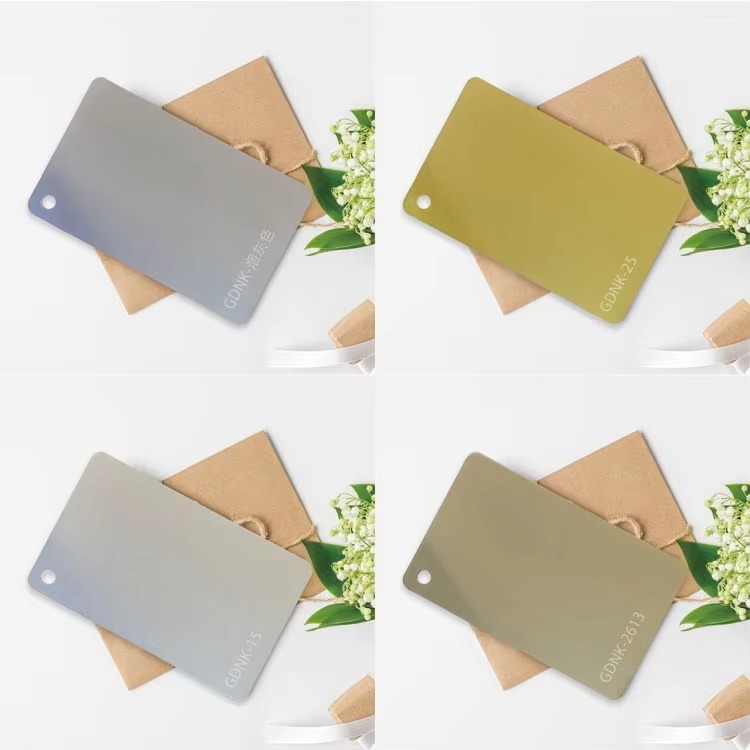 The acrylic product industry is a dynamic and rapidly growing sector, driven by the versatile properties of acrylic materials. Acrylic, also known as polymethyl methacrylate (PMMA), is a lightweight, durable, and transparent thermoplastic material that offers excellent optical clarity and UV resistance. These properties make it a preferred alternative to glass in various applications, including construction, signage, furniture, electronics, and healthcare.
The acrylic product industry is a dynamic and rapidly growing sector, driven by the versatile properties of acrylic materials. Acrylic, also known as polymethyl methacrylate (PMMA), is a lightweight, durable, and transparent thermoplastic material that offers excellent optical clarity and UV resistance. These properties make it a preferred alternative to glass in various applications, including construction, signage, furniture, electronics, and healthcare.Manufacturing Process
The production of acrylic products involves several key steps. The two primary manufacturing methods are casting and extrusion. Casting involves pouring liquid acrylic resin into molds to create high-clarity sheets, while extrusion forces the resin through a die to produce continuous sheets or shapes. Both methods have their advantages: casting offers superior clarity and customization, while extrusion is more cost-effective for large-scale production.
Market Trends and Growth
The global acrylic product market is projected to experience steady growth, driven by increasing demand from various industries. The Asia-Pacific region, particularly China and India, is expected to dominate the market due to rapid urbanization and infrastructure development. Additionally, the focus on sustainability is driving the adoption of eco-friendly production methods and the use of recycled acrylic materials.
Applications
Acrylic products are widely used across multiple sectors. In construction, they are employed for windows, skylights, and decorative panels. The automotive industry utilizes acrylic for headlights, tail lights, and interior components due to its impact resistance and UV stability. In healthcare, acrylic's biocompatibility makes it suitable for medical devices such as orthopedic braces and incubators. The material's aesthetic appeal also makes it popular for retail displays, signage, and furniture.





